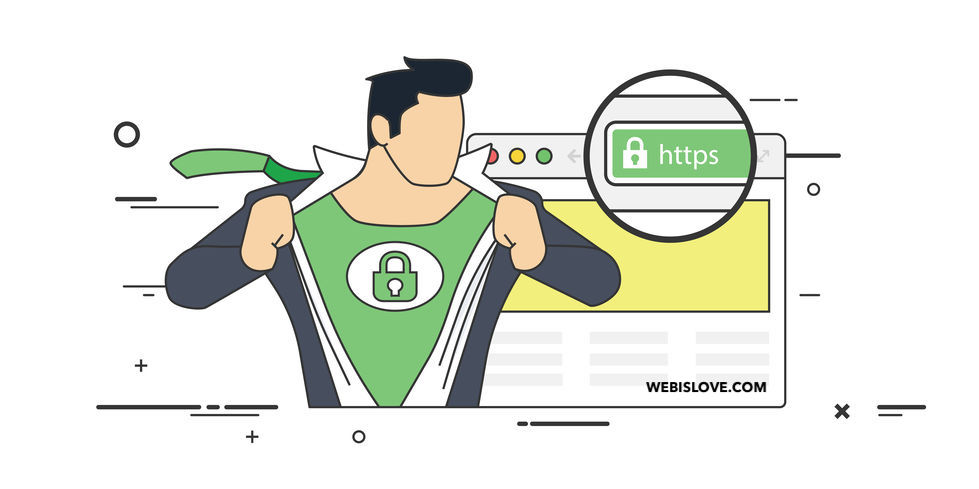
What is SSL and How Does It Work?
SSL is a secure protocol created to send data securely online without third party snooping around and stealing your personal and credit card information. This protocol protects you (client) browser and the server you’re trying to access to, or between more devices trying to establish a connection.
This communication is established by what is called a TLS handshake, this handshake confirms that both sides are the actual ones involved in the data transfer.
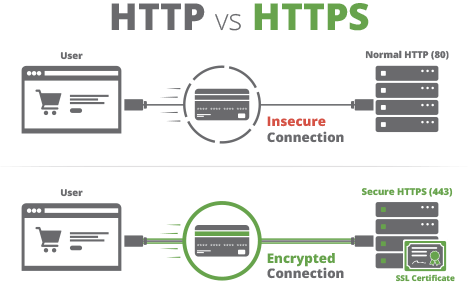
What does SSL stand for?
SSL stands for Secure Socket Layer, it was developed in Netscape by Taher Elgamal in 1995. It’s main purpose is to secure the connection between the client (you) and the server on insecure networks such as the web we use every day.
SSL successor is TLS or Transparent Layer Security, created in 1999 and is still in use, but term SSL stayed as the main security term.
How to Check If Your Website Is Secure?
It’s pretty simple, look at the url bar and if you see “S”at the end of http, then it’s secure and it will look something like this:
Secure website:
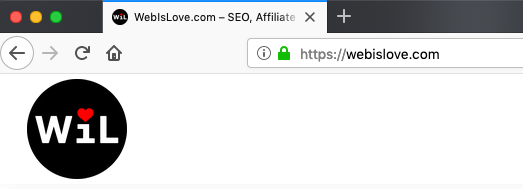
unsecure website:

Or you will get message something like: your connection is not private:
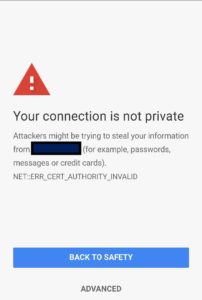
What port is ssl?
Since data online can be sent with or without SSL and security protocols, you will probably at some point in time want to know if your informations are secure, and one of the best indicators are PORTS.
SSl connections use secure port which is 443 and http unsecure protocol uses 80.
Commonly used TCP ports:
| Port # | Function |
|---|---|
| 80 | HTTP |
| 443 | SSL |
| 21 | FTP |
| 990 | FTPs |
| 22 | SFTP / SSH |
| 3306 | MySQL |
How much is an ssl certificate?
I know that this must be the most important part for you, since if you just started out with blogging then you’re looking for the most affordable SSL certificate for your money.
Certificates that I buy are pretty cheap, and I buy them all on namecheap, you can find PositiveSSL certificate for $8.
So SSL certificate pricing starts at $8 and goes over $150/year for more advanced packages and security.
Types of SSL certificates:
- Domain validated certificates (DV SSL)
- Organization validated certificates (OV SSL)
- Extended validated certificates (EV SSL)
There are different types of SSL certificates and security they provide. Every type has it’s own pros and cons, and your requests are the one directing which one to choose.
Domain validated are easy to setup, requires a confirmation, few steps to follow and you’re done. They are the most basic type and they serve the purpose, I personally use this type, after all they are mostly used for personal blogs and websites.
Organization validated are more professional, more serious* when it comes to the protection. There is paperwork involved, more money is secured with this type of ssl certificate, starting from $50,000 warranty, this type of certificate is ideal for governmental websites, ecommerce stores, etc…
Extended validated ssl certificates – the top of the ssl chain, more secure, with a lot of steps to follow in order to activate. You will need to send your business info like registration papers, who is the responsible for company (CEO, CTO) and that person needs to hold the position in the company you’re buying the certificate for. It comes with better money warranty, starting from $1,000,000. If something happens with the SSL while the transaction is in place and you incur loss because of it, they will pay you for your loss.
Excellent choice for governmental, corporate and ecommerce sites. Essentially all large web properties where the green site seal is visible and green bar assurance use this type of ssl certificate.
Remember, if you want to secure multiple versions and subdomains of your main domain, then all these certificates will cost you more.
Free SSL Certificate!
Having completely free SSL certificate, is that even possible?
YES? Short and simple.
Some certificate companies offer free ssl certificates, but the cons. of having these ssl certificates is that you need to renew them every few months and you share the certificate with thousands of other sites. Just like you share the shared hosting with others, if you remember my previous post related to how to start a blog.
Companies and websites offering FREE SSL Certificates:
Let’sEncrypt – for all of you who hate dealing with payments, setting up SSL and having technical skills in order to setup SSL properly, Let’sEncrypt is your best friend. It’s an open certificate authority that provides you with easy, automated and FREE certificate. It lasts for 90 days and after that it can be renewed.
SSLForFree – heard about this website from a friend and I fell in love with it the minute I used it to create free SSL certificate. For someone like me who creates tens and tens of affiliate websites and products yearly it can be frustrated to spend money on something that maybe will not work and then I’m left with a ton of certificates I need to take care of.
I will show you later how to install ssl certificate for free and how to do it fast using SSLFORFREE, keep reading…
Comodo – cybersecurity company founded in UK in 1998, they offer both premium and free ssl certificates. Their free ssl certificate lasts for 30 days and is valid like their premium and paid for ssl certificates. Ideal place to start with setting up your first ssl certificate.
Cloudflare – great CDN app for your WordPress Blog, comes with useful firewall and free SSL certificate. I used it multiple times, but you need to be more advanced user of cloudflare in order to set it up. But I highly recommend it. Saved me a couple of times when I was in need for free SSl certificates.
How to install ssl certificate?
We finally came to the most important part of this blog post, I’m about to show you how to install FREE SSL certificate on your WordPress blog using SSLFORFREE.
STEP 1.
On sslforfree.com, enter your domain and click create free ssl certificate:
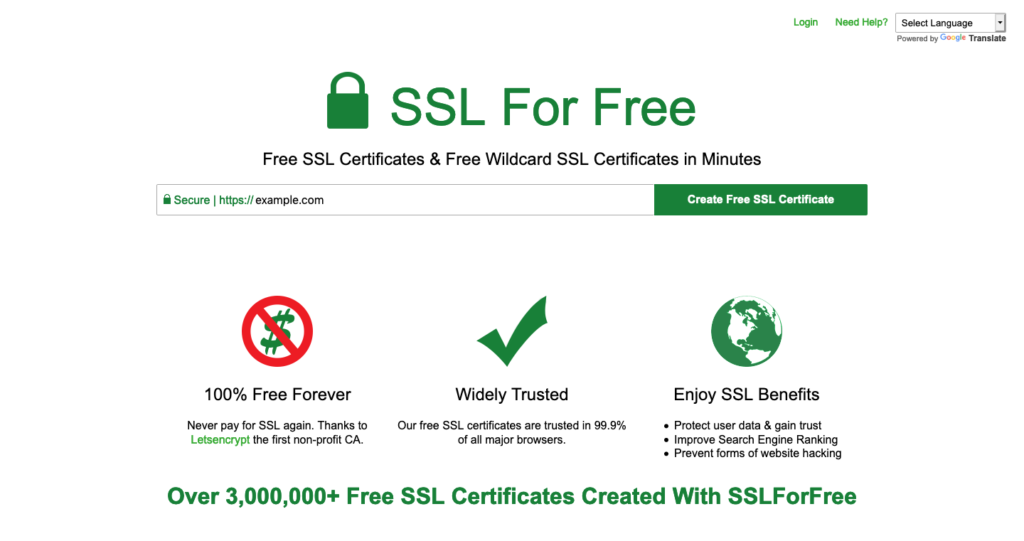
STEP 2.
We need to verify that we own the domain, click “Manual Verification” and then again on “Manually Verify Domain” in order to get files which we will need for third step.
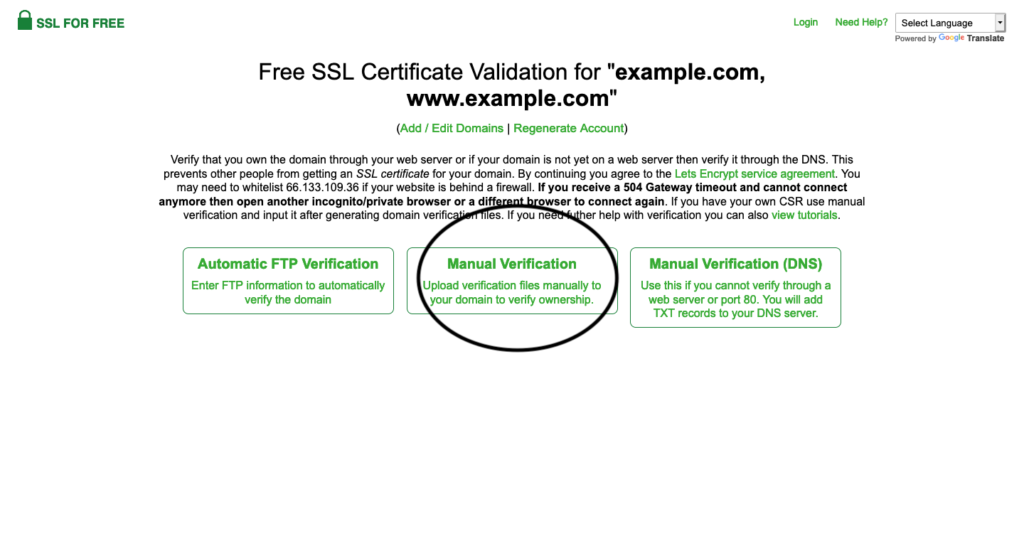
STEP 3.
Download a file and upload it in inside your website through cpanel.
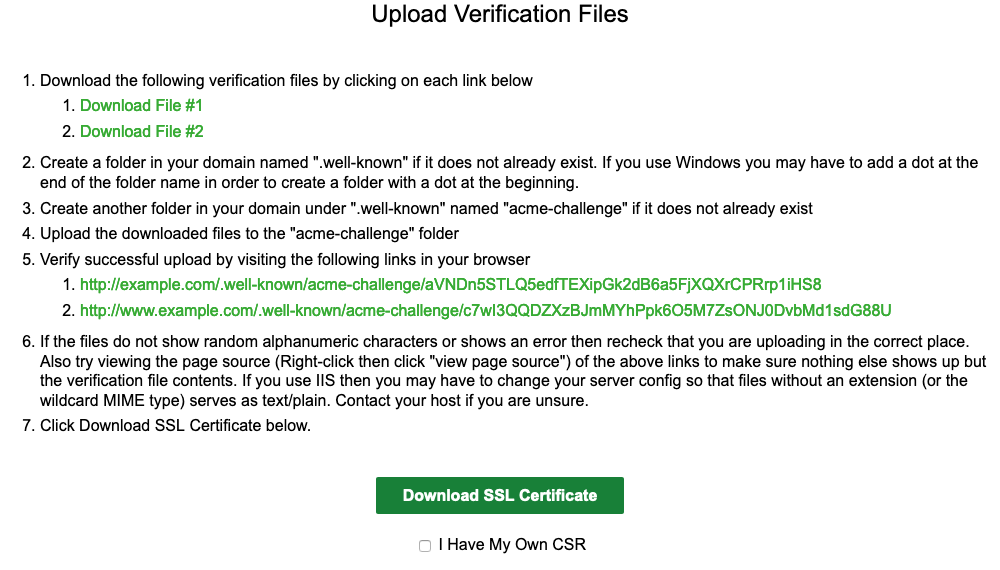
Go to your website cpanel, in public_html folder create a folder named “.well-known”and under that folder create another one called “acme-challenge”.

Upload your file downloaded from SSLFORFREE there in acme-challenge folder.
Now go back to sslforfree and click the DOWNLOAD link you see in the image from the STEP 3.
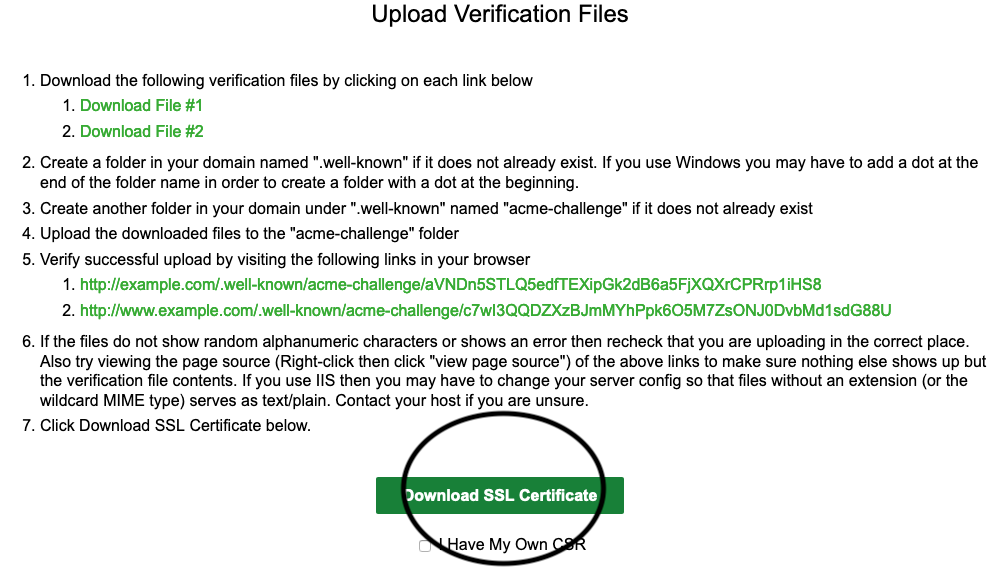
STEP 4.
Once you downloaded your SSL certificate you will get 3 file types:
- a) Certificate
- b) Private Key
- c) CA Bundle
Open cpanel, go to SSL security part, click on SSL/TLS.

Click Install and Manage SSL for your site.
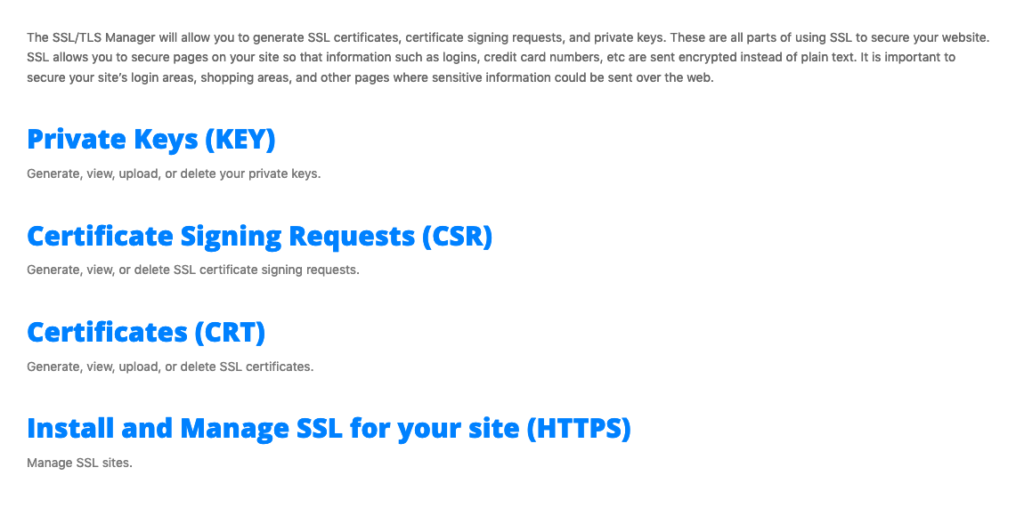
Choose your domain from the dropdown, don’t go ” Autofill by domain ” and paste those 3 certificate files, each in the corresponding box.
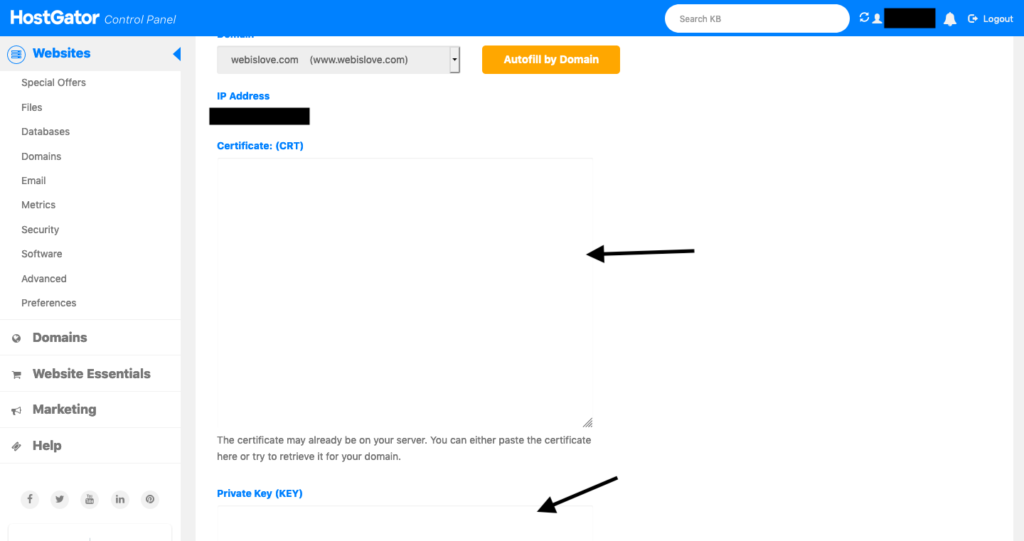
Hit that Install Certificate button and you’re DONE.

You’ve just installed your first SSL for free on your WordPress blog in like 4 steps, WELL DONE. Next paragraph will be about testing your SSL certificate to see if it’s working properly.
SSL test – How to check if SSL is Working and Tools to Use
You’re probably now looking for a ways to test your SSL certificate and how it works on your website.
First and most trustworthy way of checking this is by using your own browser. Remember to clear cache before that just in case. Type your website url with “https” and see what happens.
It should show a green lock in the url bar and your site url with https:

SSL test tools
There are also some useful ssl test tools you can use to check how your SSL protected site is working.
sslshopper.com – my favorite and pretty simple tools to check your certificate and expiry date.
ssllabs.com – working a bit slower, and showing your results publicly on home page if you don’t turn the option off but very useful and in detail ssl test tool.
Other ssl test tools:
https://www.sslchecker.com/sslchecker
https://www.geocerts.com/ssl-checker
https://www.digicert.com/help/
Phew, I really tried to compress this article as much as possible and to make it easier for you to understand. I hope that you will see how this can be easy and fast to accomplish once you get into the routine.
It’s not that hard and complicated at all, possible complications can come from other side. Most ssl problems come from the WordPress standpoint where there is a possibility to have a mixed content problem, and SSL will not show up in your URL bar.
Or maybe your http will not redirect to your https and some other similar problems where you will need to force the redirect using htaccess file.
But everything else should work fine, keep reading and keep learning.
Thank you for reading so far and good Luck.
Dalibor

Leave a Reply